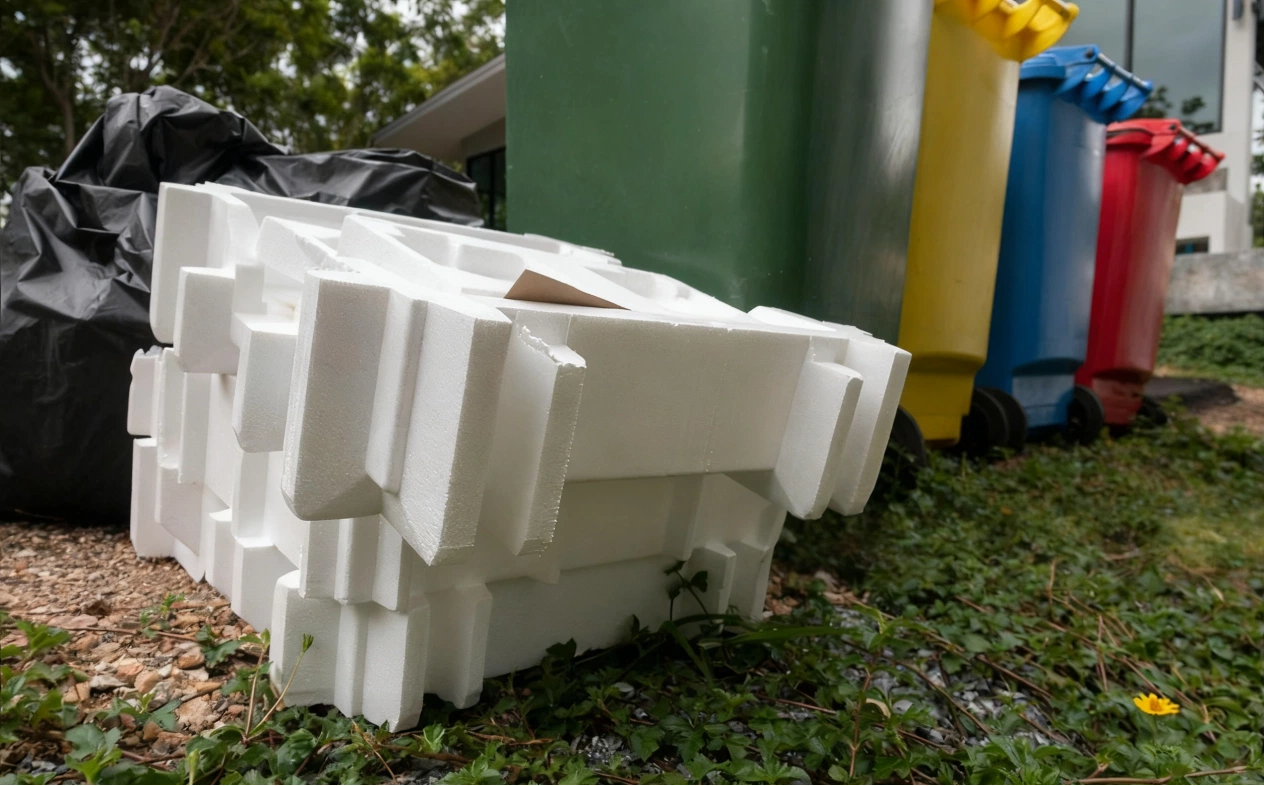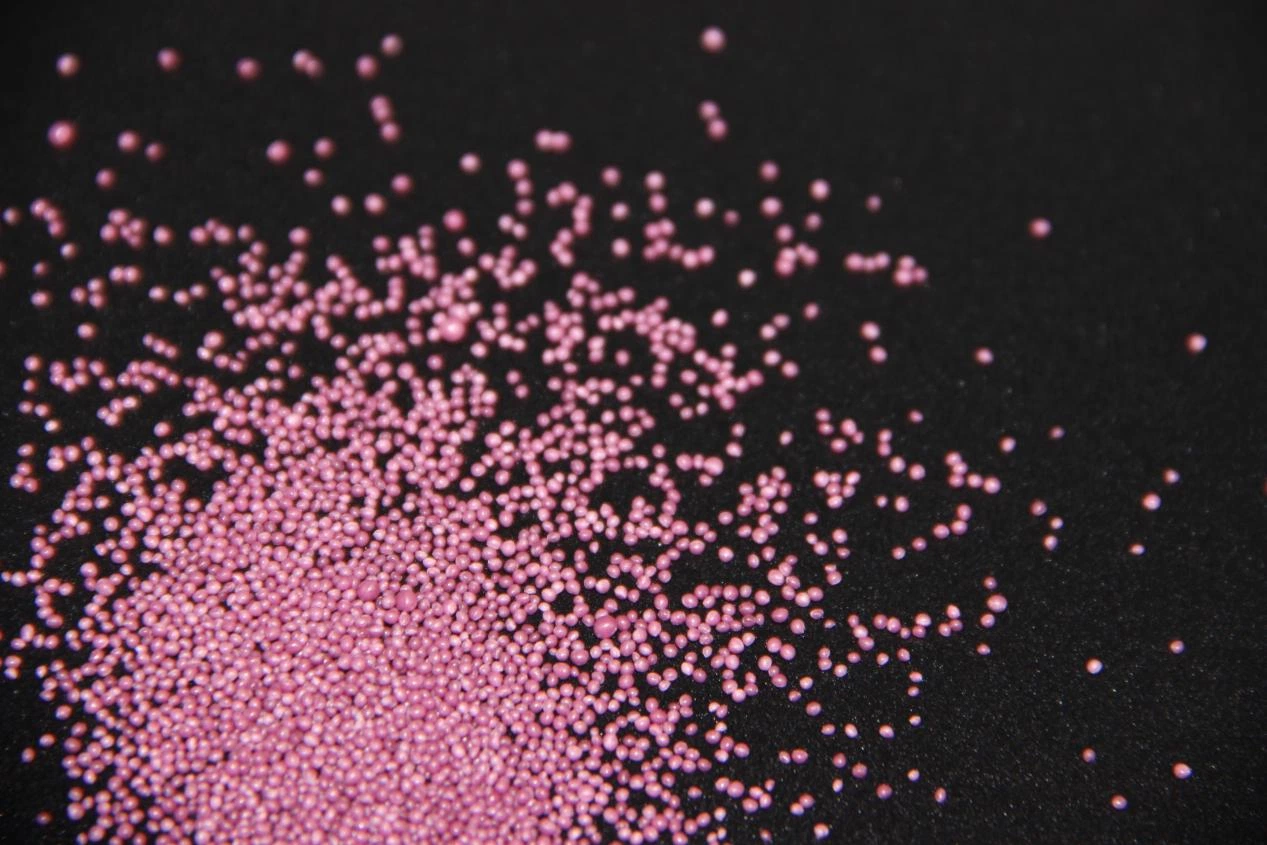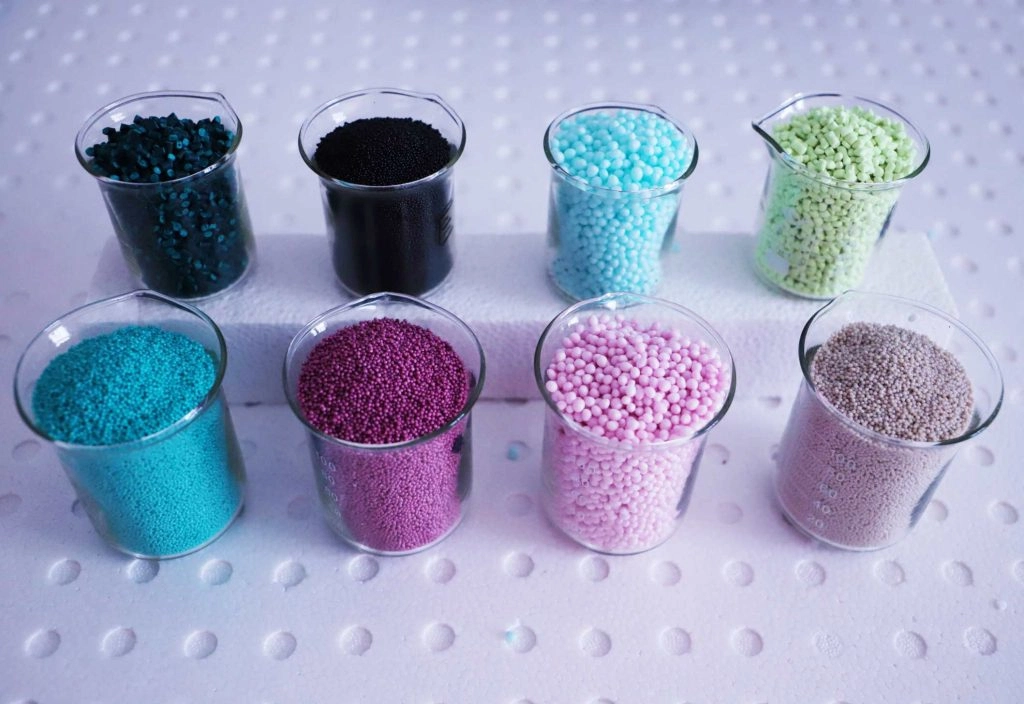
The packaging world faces a big shift right now. With the EU’s Packaging and Packaging Waste Regulation, or PPWR, rolling out, companies must rethink how they wrap and ship goods. This new rule pushes for less waste and more reuse, hitting traditional materials hard. Think about expanded polystyrene beads, often called EPS—these have been a go-to for cushioning fragile items. But under PPWR, set to tighten by 2030, materials need to prove they can be recycled easily and include recycled bits. That’s where challenges pop up for businesses sticking with old ways. Yet, it also opens doors for smarter choices like REPS, a type of recyclable EPS foam that steps up. This blog dives into how REPS balances it all, helping packaging pros see the path forward.
Looming Challenge: New Rules for a Circular Future
Packaging rules in the EU are getting stricter to cut down on trash piling up in landfills. The PPWR, agreed upon in 2024 and kicking in phases through 2030, demands real changes. It targets everything from food wrappers to shipping boxes, aiming for a loop where materials get used again and again.
Key Regulatory Hurdles for Businesses
Businesses now deal with clear mandates under PPWR. For starters, all packaging must hit recyclability standards by 2030. That means designs graded A, B, or C—anything lower gets banned from the market. Take plastic packaging: it has to include at least 30% recycled content for most types, like contact-sensitive ones for food or medical gear, jumping to 50% in some cases by 2040. Excessive packaging? That’s out too. The rule caps empty space in boxes at 40%, and bans single-use plastics in hotels for things like shampoo bottles. Fines could reach millions for non-compliance, based on company size. These aren’t vague ideas; they’re backed by EU-wide checks starting in 2025. For makers using expanded polystyrene beads, this spells trouble if their stuff can’t be sorted and reused at scale. Recyclable EPS foam becomes key here, pushing firms to swap in materials that meet these thresholds head-on.
Shifting to these rules isn’t just about dodging penalties. It reshapes supply chains. Companies must track where their packaging comes from, proving recycled content through audits. This adds layers, but it also sparks innovation in materials like custom reps foam, which blends performance with compliance.
The Hidden Risk of Sticking with EPS
Clinging to traditional EPS brings quiet dangers that build over time. Standard expanded polystyrene beads work great for insulation and shock absorption, but they fall short on recycling fronts. Only about 30% of EPS gets recycled in Europe today, per industry reports, leaving the rest to linger in waste streams. Under PPWR, if your packaging doesn’t meet the 2030 recyclability deadline, you could face market bans or higher taxes on virgin plastics. That’s a hit to the bottom line—imagine redesigning lines mid-year because suppliers can’t deliver compliant polystyrene insulation beads.
Worse, consumer pushback grows. Shoppers now check labels for eco-claims, and brands using non-recyclable EPS foam risk bad press. Sticking with old EPS ignores these shifts, potentially costing 10-15% more in waste fees alone by 2030. But options like REPS sidestep these pitfalls by building in recycled EPS beads from the start.

REPS as the Performance-Powered Answer
REPS stands out as a strong alternative to traditional materials. Born from recycled EPS beads, it keeps the core strengths of expanded polystyrene beads while adding tweaks for modern needs. As a custom reps foam, it fits specific jobs without compromise, making it a smart pick for packaging pros.
Unmatched Customization and Reliability
What sets REPS apart? Its build starts with uniform particles. Take HUASHENG’s Reps-302 grade: beads measure 0.8 to 1.25 mm, expanding 18 to 62 times for even foam. This uniformity means better flow during molding—no clumps or weak spots. For packaging electronics or ceramics, that translates to reliable cushioning that holds up under drops from 1 meter, based on standard tests.
Customization ramps it up. As for color, HUASHENG offers a wide range of color options to match your brand needs. Performance tweaks let you dial in density for lighter weight without losing strength. Compared to standard EPS, REPS offers optimized flowability, cutting defects by up to 15% in production runs. Polystyrene insulation beads in REPS form stay consistent, ensuring panels or fillers don’t warp over time. As a reps manufacturer, we can tailor these for exact needs, like in display trays for TVs or OLED screens.

Enhanced Production Efficiency
Beyond the product itself, REPS boosts how things get made. Its short curing time—down to half that of traditional EPS—speeds up cycles. In a typical plant, that shaves 20-30 minutes per batch, letting you churn out more without extra machines.
Energy use drops too. By incorporating recycled EPS beads, REPS cuts power needs by 20%, as less heat is required for expansion. Costs follow suit: lower bills mean savings of 10-15% on materials over a year for mid-sized operations. For recyclable EPS foam like this, the wins pile up—no more long waits for maturation, which can drag on for days with standard expanded polystyrene beads. In practice, this efficiency shows in data from users. One packaging firm noted a 25% bump in output after switching to custom reps foam, all while keeping quality high.
Planet-Friendly Profile: The Green Advantage of REPS
REPS doesn’t just perform; it thinks about the earth. Made with 100% recycled content in some grades, it turns waste into value, aligning with broader eco pushes.

Driving the Circular Economy
At its heart, REPS fuels reuse cycles. Classified under international recycling category 6, it’s designed for easy breakdown and remake. Unlike traditional EPS that often ends up as one-and-done, recyclable EPS foam in REPS form gets collected, ground down, and reborn as new beads. This closes the loop—think of expanded polystyrene beads from old packaging becoming fresh recycled EPS beads.
Stats back it: using REPS can divert up to 50 tons of plastic waste per 100 tons produced, based on industry averages. For businesses, this means stronger green credentials, like meeting PPWR’s recycled content rules without hassle. Polystyrene insulation beads made from REPS reduce virgin plastic use, cutting reliance on oil-based sources. This shift supports wider goals. In Europe, where PPWR aims for 65% packaging recycling by 2025, materials like custom reps foam make it achievable.
Boosting Carbon Neutrality Goals
REPS also tackles emissions head-on. Its production trims energy by 20%, slashing CO2 output by similar margins—around 0.5 tons less per ton made, per lifecycle assessments. As reps manufacturers ramp up, this adds up, helping firms hit net-zero targets set for 2050.
Recycled EPS beads in REPS mean less mining for raw materials, preserving resources. For packaging, this green edge enhances appeal, letting brands tout lower footprints without sacrificing function.
Your Strategic Path to Compliance and Beyond
Navigating these changes calls for solid partners. REPS offers a bridge to future-proof packaging, blending compliance with everyday wins.
HUASHENG steps in as a reliable reps manufacturer for custom reps foam. Their extrusion-customized REPS line meets PPWR head-on, with 100% recycled addition ensuring you hit those 30% content marks.
HUASHENG’s focus on tailored solutions. Need polystyrene insulation beads for building panels? They optimize for insulation values up to R-5 per inch. For packaging, their recyclable EPS foam withstands real tests, like compression at 10 psi without failure. Expanded polystyrene beads from HUASHENG come with short lead times, often 2-4 weeks for custom runs.
Partnering here means access to expertise. Our team guides on integrating REPS, from design tweaks to supply chain audits, keeping you compliant and competitive.
Conclusion
REPS nails the trifecta: strong performance for daily demands, planet-friendly traits through recycling, and seamless fit with regulations like PPWR. From uniform expanded polystyrene beads that boost efficiency to recycled EPS beads driving circular flows, it’s a material built for tomorrow. As rules tighten— with 2030 deadlines looming—choices like custom reps foam keep businesses agile.
Ready to explore? Contact HUASHENG today at info@r-eps.com to talk custom REPS solutions. It’s the smart move for packaging that stays compliant and ahead. In a world leaning green, REPS emerges as the go-to for sustainable strength.






